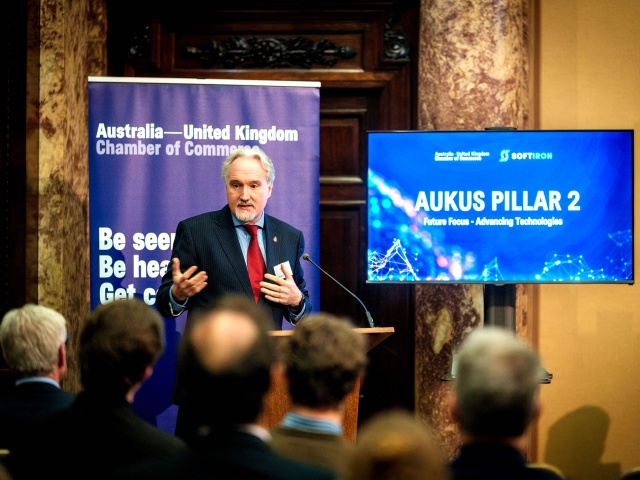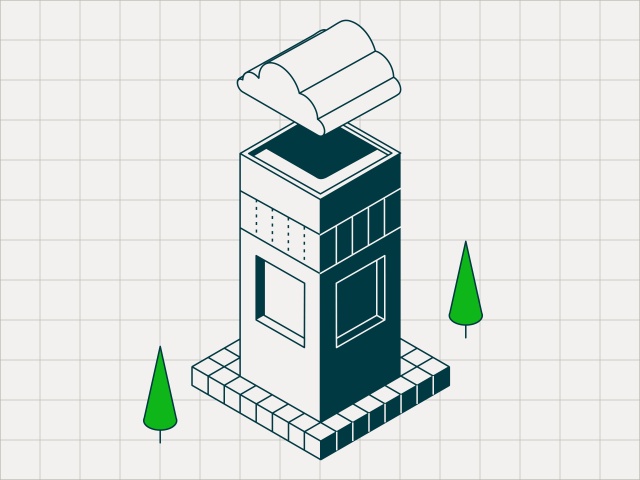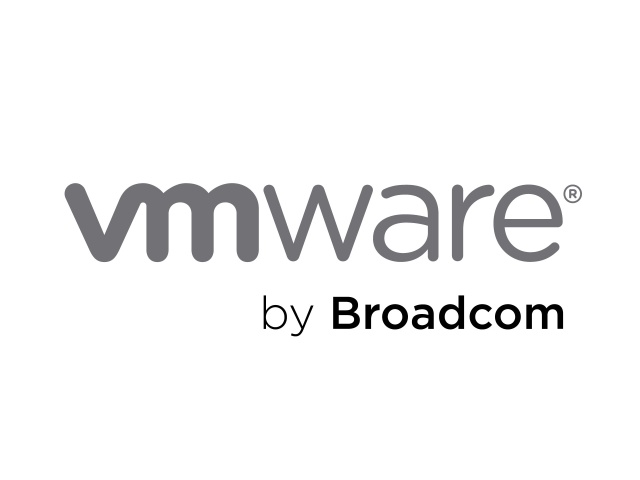Reflecting on the AUKUS pillar 2 event at Australia House…
Last week SoftIron were pleased to sponsor an event held at Australia House - the London home of the Australian High Commission and incidentally, the oldest Australian diplomatic mission and the longest continuously occupied foreign mission in London.
While the surroundings may have been historic, the topic of the event could not have been less so, as we convened and hosted a panel session to discuss and debate the challenges and opportunities represented by pillar 2 of the AUKUS agreement.
Some background
On September 15, 2021, Australia, the United Kingdom, and the United States announced AUKUS amid the backdrop of strategic competition with China and a race to develop and deploy the next generation of technologies. The centrepiece of AUKUS, known as “pillar 1,” is the delivery of a nuclear-powered attack submarine capability to Australia, (in essence) based on a hull design from the Brits and kitted out with technologies supplied by the Americans.
Progress on this pillar has moved forward at a pace. In March 2023, for example, the leaders of the three AUKUS nations announced a pathway toward a trilaterally developed submarine, the SSN-AUKUS class, and in just the last few weeks UK shipbuilder Babcock International announced collaborations to address the development of the skills required in order to design and build them. Even as the event was wrapping up in London news was breaking in Australia of changes to the legal framework there designed to reduce barriers to technology transfer and costs of trade with AUKUS allies.
Less attention, however, has been given to pillar 2 of the agreement, “the lesser-known – and poorly understood – part of AUKUS” as described in a recent podcast.
Pillar 2’s job is to deliver “advanced capabilities” by sharing technologies and increasing interoperability between the three armed forces by “fostering deeper integration of security and defence-related science, technology, industrial bases, and supply chains”.
There are eight areas of focus:
- Quantum technologies - to accelerate investments to deliver generation-after-next quantum capabilities, with a focus on positioning, navigation, and timing
- Artificial intelligence and autonomy - to improve the speed and precision of decision-making processes
- Advanced Cyber - strengthening cyber capabilities, including protecting critical communications and operations systems
- Hypersonic and counter-hypersonic capabilities
- Electronic warfare - sharing tools, techniques, and technology to enable forces to operate in contested and degraded environments.
- Innovation - to accelerate defence innovation, including accelerating the integration of commercial technologies.
- Information sharing - to expand and accelerate sharing of sensitive information
Pillar two’s great potential
Building submarines is anything but quick. Those from the AUKUS agreement are likely not going to be delivered until the end of the 2030’s, maybe even early 2040’s. Pillar 2, on the other hand, can start to deliver benefit much more quickly. More than that, like many areas of technological advancement, innovation seeded by AUKUS has the potential to also long term competitive advantage and/or other benefits to the participating nations. Indeed, in submarine delivery timeframes, technological innovations may well iterate two or three times further creating further waves of advantage.
November 9th 2023, Australia House, London
So why then, over two years on, does so little seem to have been achieved in pillar 2? That was the topic of discussion at the event we sponsored and for the panel that we convened and moderated, in partnership with the Australia-UK Chamber of Commerce.
Opened by the Australian High Commissioner and former Minister for Defence, Stephen Smith, and joined on the panel by another Australian Former Minister for Defence, now a senior exec. with Boeing, Dr. Brendan Nelson AO, along with Dr. Olivia Samardzic of the Australian High Commission and defence technology entrepreneur, August Lersten, CEO of Labrys Technologies, we were able to draw on some broad and deep perspectives on the topic.
What did we learn?
I polled my colleagues that were in attendance and we broadly came to the same conclusions. The exact nature of pillar 2 is, in many areas, too nebulous. Those last two areas of focus ie. innovation and information sharing, perhaps the most vague of all. In fact a UK Commons Briefing Paper coincidentally released the same day as the event doesn’t even attempt to clarify these two areas beyond a single sentence.
Some, it was discussed, expect for better coordination to begin to take place between the defence innovation accelerators within the three nations - ASCA 🇦🇺, DASA 🇬🇧, and DIU 🇺🇸 to enable innovations surfaced by one to be funded and accessed by all, but as of now, that is not the case.
That said, it won’t be for lack of interest or support that pillar 2 fails. This event was a sell-out and looking around the room there were representatives from across government and the commercial sector. From large multinational corporations and aggressive young start ups, all keen to get on and deliver.
So what will it take?
Three key areas to kickstart pillar two
First and foremost, our conclusion is that there needs to be dedicated investment. Without money, pillar 2 will struggle to get off the ground. Clear signals on funding from government will kickstart the process and give industry the impetus and confidence to develop joint programs etc. This needs to occur not just in the US, but in Australia and the UK as well, with all countries pulling their weight.
Secondly, a concerted effort in developing information sharing policies and infrastructure. This will be a challenge for pillar one, but the UK and US have shared highly sensitive data on related topics for years and there is a proven platform in place. This needs to be extended to Australia.
However, Pillar 2 is a different story. The addition of Industry partners, ranging in size from SMEs to Primes, academia and government and potentially additional government partners all add complexity. The faster this is addressed and resolved, the faster pillar 2 will deliver
Lastly we need governments to bring down barriers and resist internal political and economic pressures. This would include removing export controls and committing to shared values.
Final thoughts
Pillar 2 represents a generational opportunity for collaboration across a range of critical sectors and advanced capabilities - not just for the advancement of our joint defence capabilities, but for greater sovereign resilience and competitive advantage in technology and the technology supply chain more broadly.
At the conclusion of the panel session I used the metaphor of “roadblocks and runways”, with governments within the three nation’s role to remove one while building the other. Only then can technology companies easily get airborne.
The long-term promise of Pillar 2 needs to be, and can be, realised sooner.





